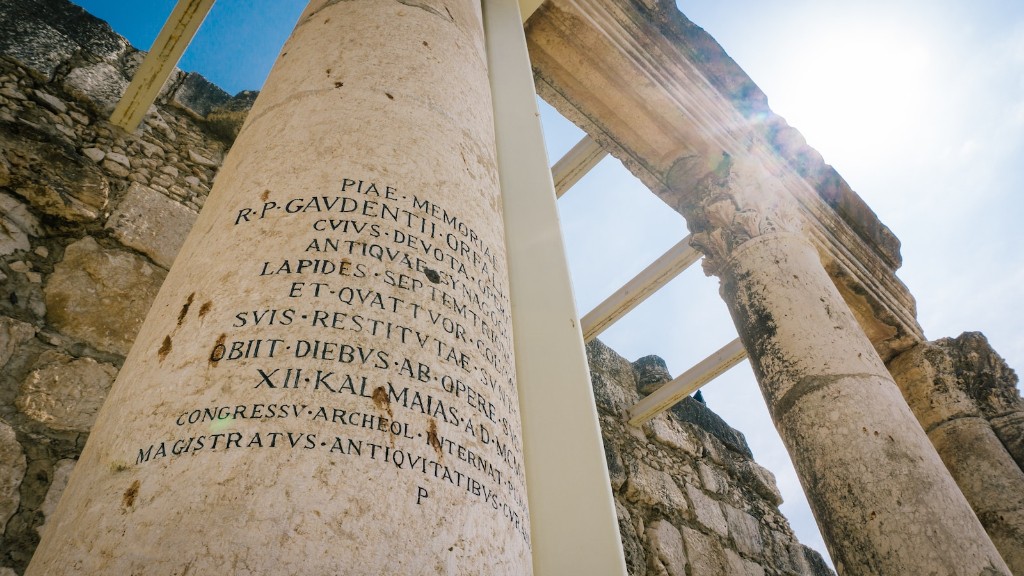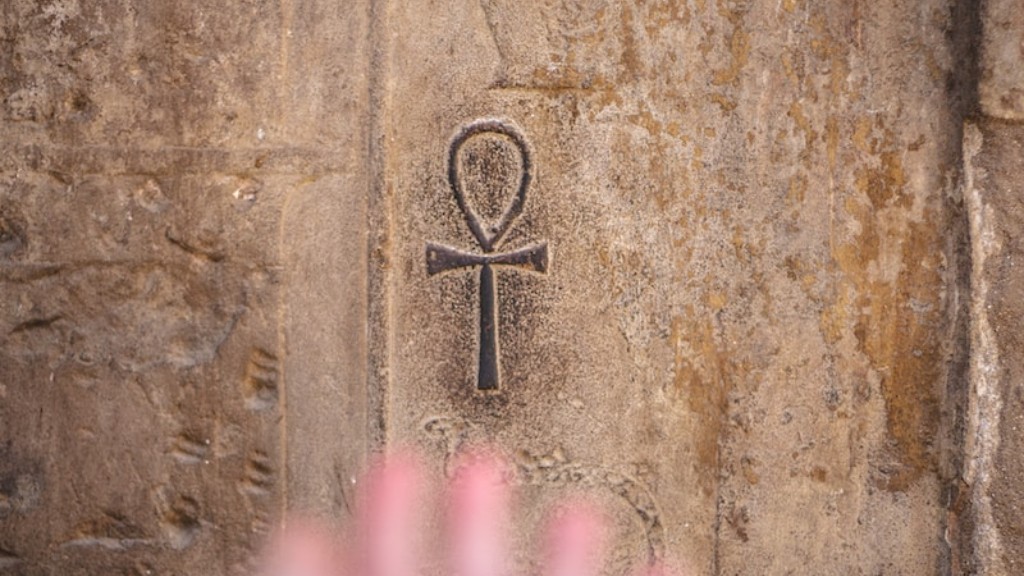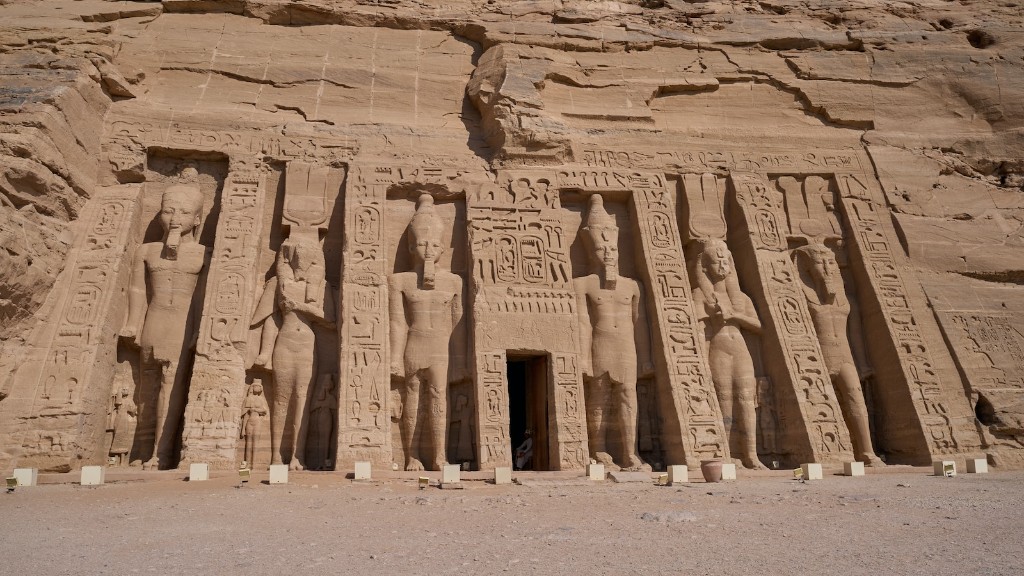Materials
Ancient Egyptians perfected the art of mummification. It was so effective that thousands of mummies exist today, thousands of years after the bodies were interred. The preservation of the body was intended to allow the spirit of the deceased to journey in the afterlife. All mummies were made in a similar way, with the mummification process taking between 70-90 days. The materials used to create the mummies varied slightly, depending on the wealth and position of the deceased. However the basic elements were linen, resin, natural preservatives and oils.
Process
Ancient Egyptians mummified bodies in a very specific ritual with steps that had to be performed before the process could be completed. It took any where between 70 to 90 days for the mummification process to be finished. First, all organs were removed, including the heart, brain, and intestines, that were placed in individual Canopic jars and stored in the tomb. Then the body was dried out using natron salt, a combination of sodium carbonate and sodium bicarbonate that absorbs water from the body. After the drying process was complete, the body was covered with a preservation oil and linen, and decorated with a gold mask. After all of the steps were completed the body of the deceased was placed in its final resting place.
Purpose
The purpose of mummification for ancient Egyptians was to ensure that the body of the deceased did not decay. Mummification allowed their belief in the afterlife to be fulfilled, as it ensured that the body could still function in the afterlife. It is believed that the soul needed the body in order to pass on and the mummified body would be a vessel for the spirit to inhabit. Additionally, many mummies still had some of their organs and jewelry inside the tombs, so that the deceased could use them in their journey in the afterlife.
Religion and Symbolism
Religion was an essential part of ancient Egyptian mummification. The gods and goddesses were honored in the rituals that were conducted as part of the mummification process. The gods were invoked to honor the deceased as well as protect the tomb and its contents. Each step was done with specific rituals to ensure that the gods were satisfied with the mummification process. Additionally, certain symbols and images were painted on the tombs as well as on the bodies of the deceased. These images conveyed messages of prosperity and safety in the afterlife.
Significance
Mummification was an expensive practice. Only the wealthiest of people could have their bodies mummified as it was a privilege that required the skills of specific embalmers. This practice was done exclusively for the purpose of ensuring that the spirit of the deceased could journey in the afterlife. Even today, understanding the mummification process provides an insight into the ancient Egyptian culture and the way in which they believed in the afterlife.
Tools
Ancient Egyptian embalmers used a variety of tools to mummify the bodies. As mentioned earlier, the organs were removed and placed in individual Canopic jars. The jars consisted of four heads, which represented the four sons of Horus, who was the god of the afterlife. Additionally, sharp metal tools such as hooks, saws, and chisels were used to extract the organs. Other tools such as needles were used to stitch the linen and resin materials together. Funnily enough, a few of the tools have even been found in modern-day medical tool boxes.
Modern Day Developments
Mummification was an ancient practice, but today there is still a lot of research being done on mummification. There are still many unanswered questions surrounding the mummification process, such as what oils and resins were used, as well as the process for mummifying the body. As we learn more, we can analyze modern medical procedures and determine what elements of the ancient practice are still relevant today.
Preservation Techniques
The preservation of the body was key in creating successful mummies. Natural preservatives such as natron salt, oil, and resin were all used to ensure the body did not decay. Additionally, extreme temperatures were used to ensure the body was completely dried out. Wrapping the body in linen and resin also served the purpose of preserving the body and protecting it from the elements. Additionally, perfumes and essential oils were used to keep bugs away and keep the body smelling pleasant.


